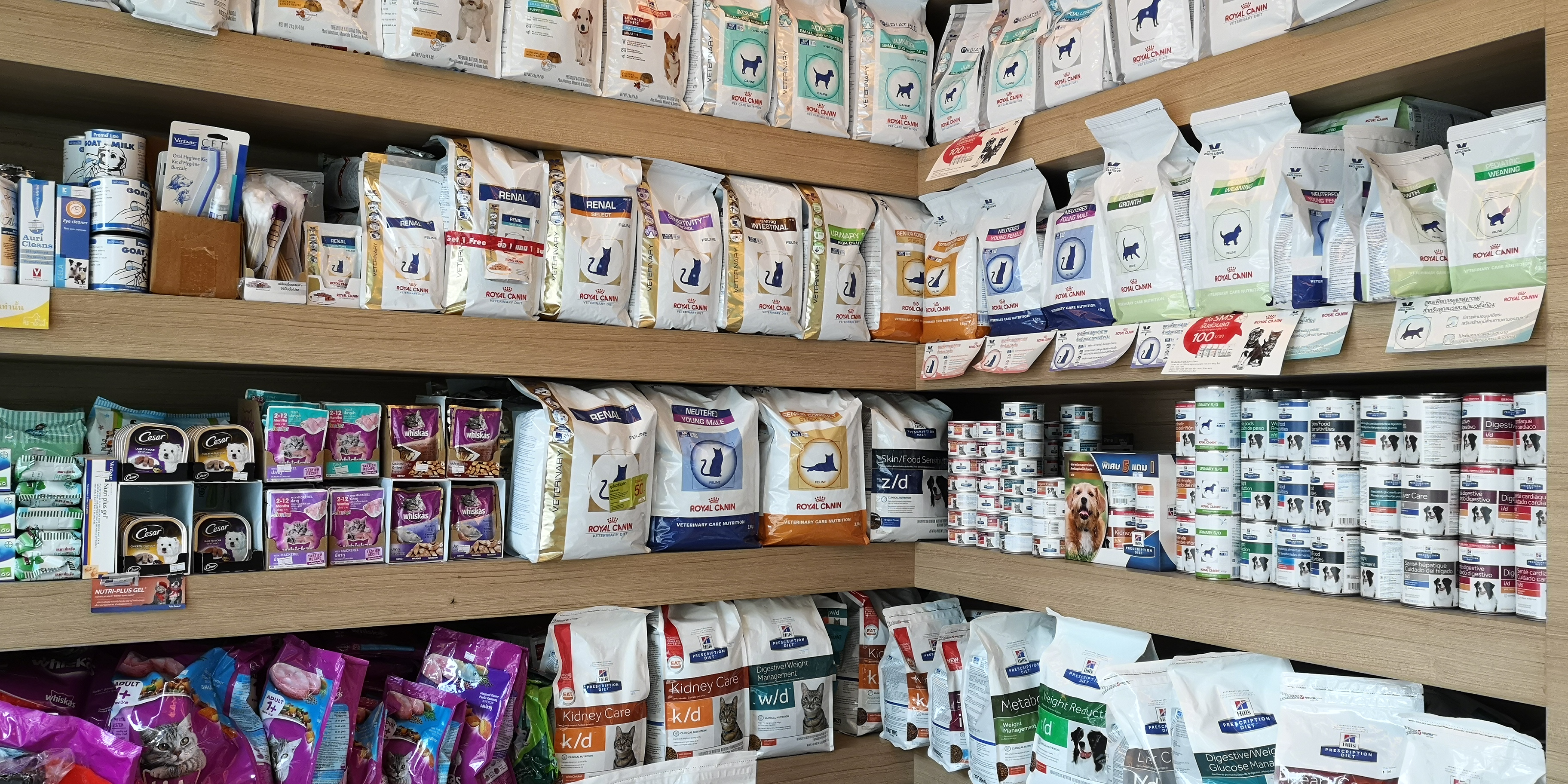Global and local brands in South East Asia

The top five global pet food brands are hovering at a relatively low market share of 35% in South East Asia. With almost no private labels, who is filling the gap?
Fragmented markets
Relatively unsuccessful global brands, and hardly any private labels, mean that many local players benefit from this growing market with their own ‘brands’. These products are often successful locally and regionally for some time. But they are replaced by new products when a promotional discount ends or distribution incentives change. So the South East Asian pet food market is quite fragmented. And online retail is growing rapidly, with an estimated 40% market share in some countries.
“This is changing,” says Rik van Westendorp, EVP and CFO of Asian Sea Corp in Thailand, a large international OEM pet food producer. “Thai pet food manufacturers have invested in modern equipment, quality systems and certification, process technology, nutrition and software to meet the standards of the global brands they produce for. With this excellent infrastructure, we can produce our own brands.”
Do low prices build brands?
The South East Asian market has a history of scandals around locally produced food. So trust is higher in imported products. Trade channels thought that discounted prices would increase market share, but discovered the contrary. Their consumers are now willing to pay premium prices for global brands that provide the consistent quality that reflects these pet parents’ values.
Younger generations, however, are increasingly proud of domestic products. But they expect good quality standards and ask questions. With this opportunity to gain market share, local producers have invested in upgrading production facilities to Western standards.
Marketing strategy can bring success
Asia tends to be linked to huge populations, high growth rates and fast learning. In many cases, this is true. New products may be successfully adopted in a relatively shorter time than in Europe or North America. But international brands often fail, because local agents and distributors have insufficient marketing knowledge to build brands.
Brands that prioritise marketing strategy do perform solidly. Miguel Delaere, Area Sales Manager APAC at petfood producer Versele-Laga NV says: “We have determined a global growth strategy in which South East Asia plays a key role. We select our business partners very carefully and work closely with them to achieve our goals in this dynamic, fast-growing market.”
Experience = added value
During a 2017 pet conference in Bangkok, one of the conclusions was that Asia does have a retail problem. The number of pet parents is increasing faster than retailers can cope with. Online platforms like Lazada and Shopee are offering a wide range of products, but are too discount-driven to make them attractive for international brands. These brands want to focus on the aspects that pet parents find increasingly important: nutritional values, education and the customer experience. And this is a catalyst for new concepts in pet retail and other services like grooming and hotels.
